Marchesa Brigida Spinola Doria 1606
Medium:
[br]Oil on canvas
Dimensions:
Canvas: 152.5 x 99 cm (60 1/16 x 39 in.)
Framed: 188 x 134.6 x 10.8 cm (74 x 53 x 4 1/4 in.)
Peter Paul Rubens lived and studied in Italy between 1600 and 1609, absorbing the country's cultural riches and artistic heritage. During a stay in Genoa in 1606, he painted the portrait of Marchesa Brigida Spinola Doria. The 22-year-ol...
- Size:
- 152.5 x 99 cm (60 1/16 x 39 in.)
- Medium:
- Oil on canvas
- Credit:
- Courtesy of National Gallery of Art, Washington
More from this artist...
Loading...

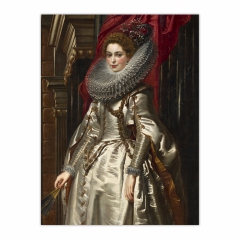
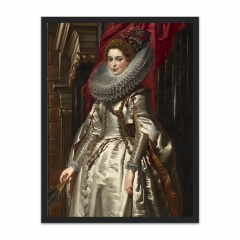
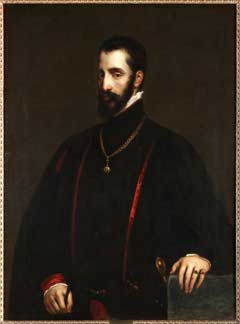
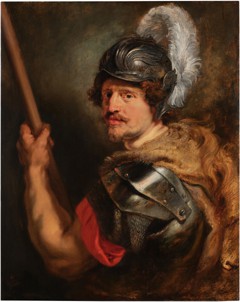
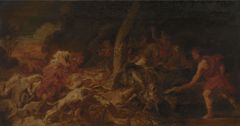
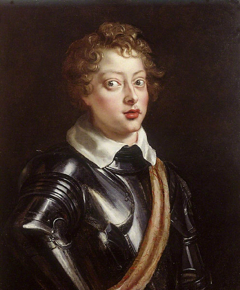
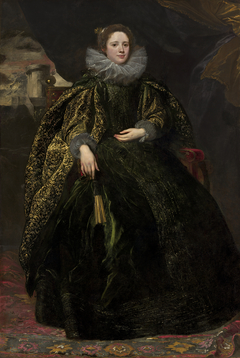
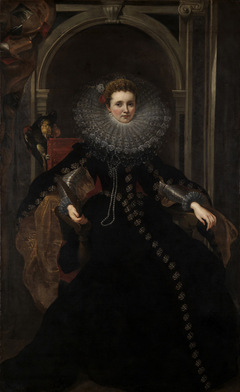
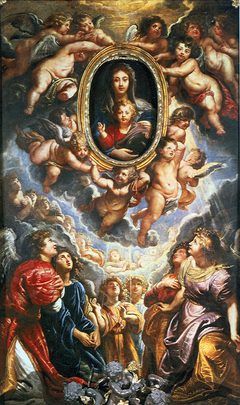
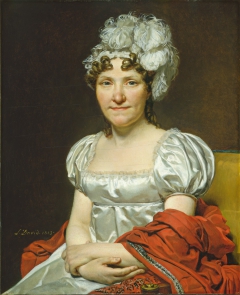
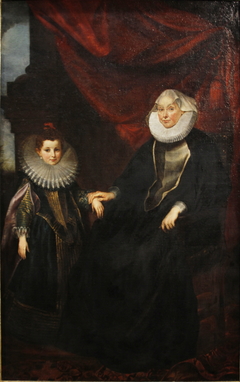
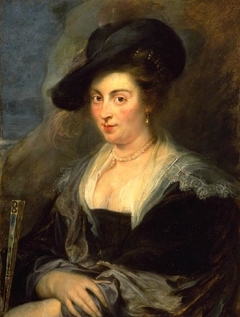
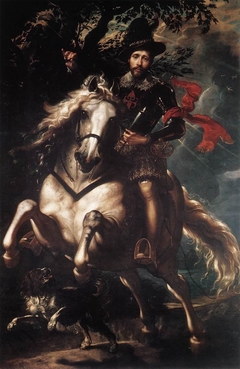
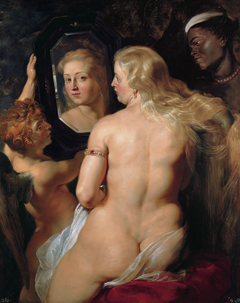
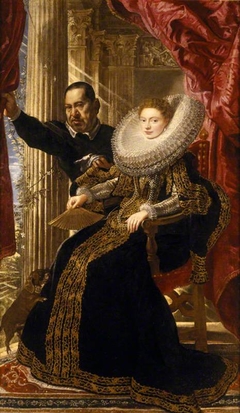
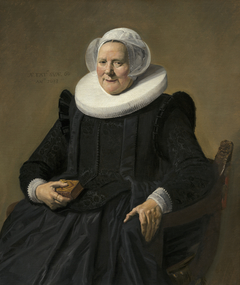
Discussion